How to Clean and Maintain Cast Iron Machinery
- March 28, 2024
- 0 comment
How to Clean and Maintain Cast Iron Machinery? Cast iron machinery is the backbone of many industries, known for its durability and strength. However, like any valuable asset, it requires regular maintenance to keep it in top condition. This article provides a comprehensive guide on how to clean and maintain your cast iron machinery, ensuring its longevity and performance.
List on How to Clean and Maintain Cast Iron Machinery
Common Types of Cast Iron Machinery
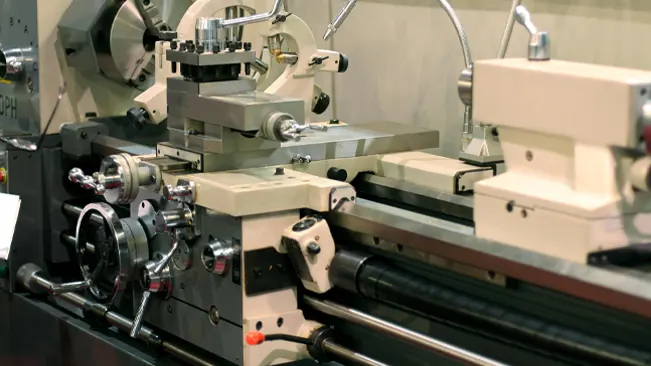
Lathes
Lathes, which are machines used to shape metal, wood, or other materials, often incorporate cast iron in their construction, especially in the bed and other major components. The bed, being the base of the lathe, needs to be extremely stable and capable of absorbing vibrations to ensure precision in shaping the workpiece. Cast iron’s inherent damping properties and structural integrity make it an ideal material for this purpose, helping to produce smooth, accurate cuts and finishes.
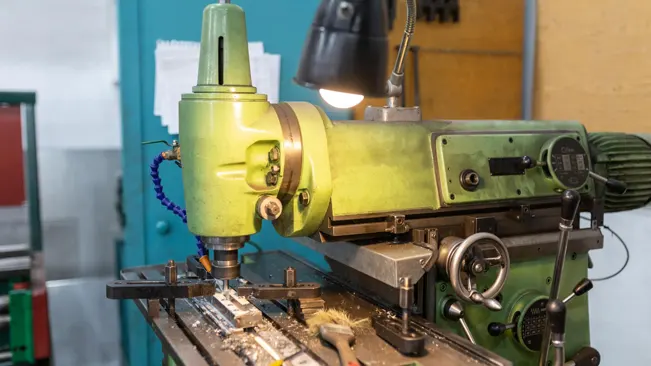
Milling Machines
Milling machines are used for cutting and shaping metal and other rigid materials. They typically feature cast iron bases and frames, which provide a robust and vibration-resistant foundation for precise milling operations. The heavy, rigid structure of cast iron enhances the machine’s stability, allowing for accurate milling without the interference of vibrations or flexing, which could compromise the quality of the work.
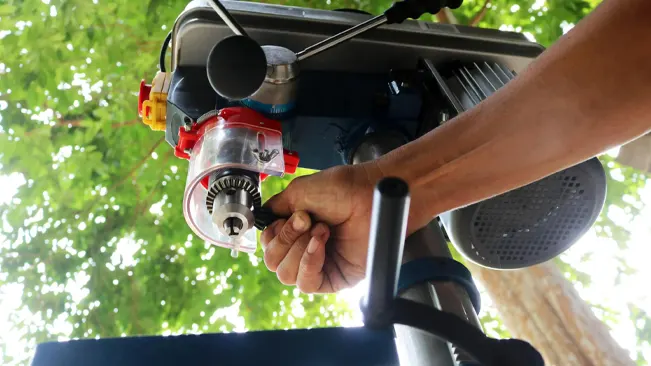
Drill Presses
Drill presses are designed for making precise holes in metal, wood, or other materials. The base, column, and table of drill presses are often made from cast iron. This construction ensures that the drill press remains stable and minimizes vibration during drilling operations, leading to more accurate and consistent drilling results. The heft and rigidity of cast iron also contribute to the longevity and durability of the drill press.
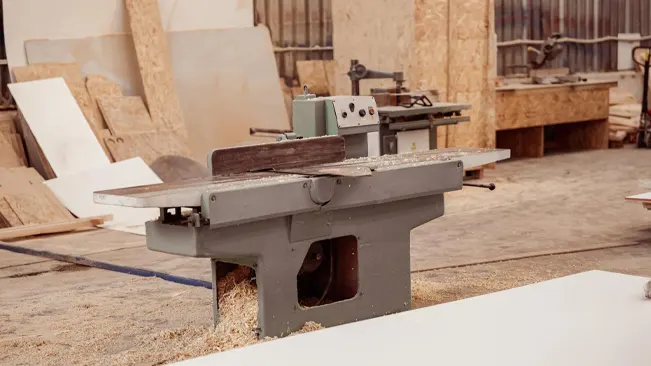
Planers and Jointers
In woodworking, planers and jointers are essential for ensuring the flatness and uniformity of wood surfaces. Cast iron is commonly used for the tables and frames of these machines, providing a flat, stable surface that remains true over time. The weight and stability of cast iron help in minimizing any potential movement or vibration, ensuring that the wood is planed or jointed with high precision.
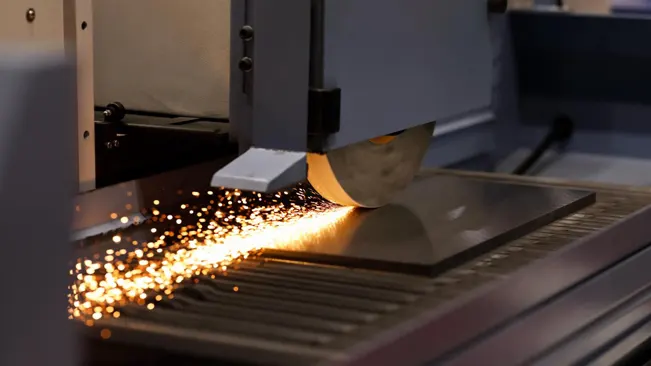
Grinding Machines
Grinding machines, used for abrasive cutting to finish workpieces, have bases and frames made of cast iron. The abrasive nature of grinding can generate considerable vibration, which cast iron helps to absorb. This ensures that the grinding process is smooth and consistent, leading to a higher quality finish on the workpiece. The durability and wear resistance of cast iron also make it an ideal choice for the high-stress environment of grinding operations.
Safety Measures
Protective Gear
- Gloves: Protect your hands from harsh chemicals, sharp objects, and bacteria.
- Goggles: Shield your eyes from splashes, especially when using chemical cleaners.
- Masks: Wear a mask to avoid inhaling dust and chemical fumes. A respirator may be necessary for heavy-duty cleaning or when using potent chemicals.
- Aprons or Protective Clothing: Protect your skin and clothes from stains and harmful substances.
Workspace Preparation
- Ventilation: Ensure good airflow by opening windows and doors or using fans, especially in confined spaces or when using chemicals.
- Electrical Safety: If cleaning around machinery or electrical appliances, ensure they are unplugged and properly secured against water ingress.
- Secure the Area: Set up warning signs or barriers if cleaning in a public or shared space to prevent accidents.
- Spill Kit: Have materials on hand like absorbent towels or spill containment kits, especially when dealing with liquids or hazardous substances.
Necessary Tools and Materials
Tools
- Brushes and Scrubbers: Various sizes and stiffness for different surfaces and levels of grime.
- Sponges and Cloths: For wiping surfaces; have both disposable and reusable options.
- Mops and Buckets: Essential for floor cleaning; consider a wringer option for efficiency.
- Spray Bottles: For applying cleaning solutions evenly.
- Telescopic Handles or Ladders: For reaching high areas safely.
- Protective Sheets or Tarps: To cover and protect surrounding areas or sensitive equipment.
Cleaning Materials
- Disinfectants and Detergents: Choose based on the surfaces to be cleaned and the type of dirt or bacteria present.
- Specialized Cleaners: For specific materials like glass, wood, or metal, and for particular stains like grease or mold.
- Polishing Agents: For finishing touches on metal, wood, or glass surfaces.
- Lubricants and Protective Coatings: For machinery and tools maintenance post-cleaning.
- Waste Bags: For safe disposal of cleaning waste, including separate bags for recyclables and hazardous waste.
Cleaning Process 3 Steps
Step 1: Dry Cleaning
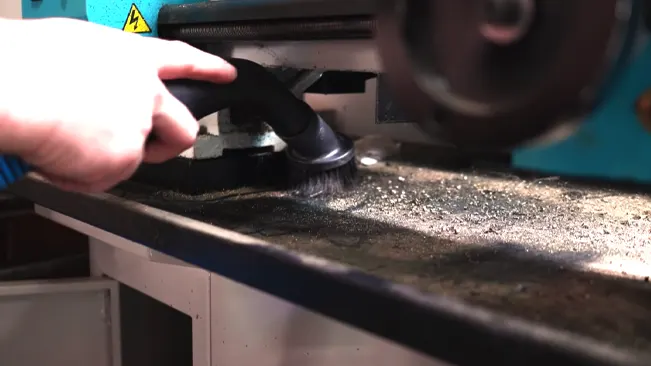
Brushing and Dusting Begin with soft-bristled brushes to gently sweep away loose dust and debris from the surface of machinery, electronics, and furniture. This is crucial for sensitive equipment, as accumulated dust can impede mechanical and electrical performance. For intricate parts or delicate surfaces, use microfiber cloths or soft dusters that can attract and hold dust without leaving scratches.
Step 2: Vacuuming

Using a Vacuum Cleaner After the initial dusting, a vacuum cleaner equipped with suitable attachments should be used to remove the finer particles that brushing might have missed. For machinery, especially in woodworking or metalworking shops, ensure the vacuum is designed to safely collect metal shavings, wood dust, and other potentially sharp or combustible debris without causing damage to the vacuum system.
Step 3: Wiping Down
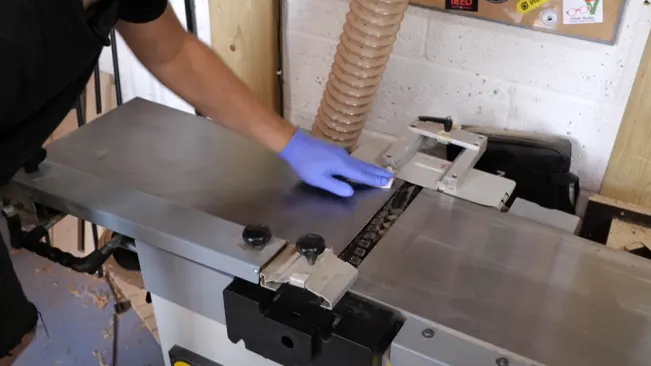
Damp Cloth Once the majority of the dust and loose debris has been removed, the next step involves a more direct contact method of cleaning with a damp cloth. This step is essential for capturing any remaining dust particles and addressing minor stains or smudges on the surface. For machinery and surfaces that come into contact with oils or greasy substances, a mild detergent diluted in water can be used to break down the grease. Ensure the detergent is compatible with the surface material to prevent damage.
Drying and Protecting
Avoiding Water Spots and Rust
- Air Drying: Allow items to air dry in a well-ventilated area. This method is ideal for large items or components that are difficult to dry manually. Ensure that the air circulation is good to speed up the drying process and avoid the formation of water spots.
- Use of Soft Cloths or Towels: For items that can be dried manually, use soft, lint-free cloths or microfiber towels. These materials are gentle on surfaces and highly absorbent, minimizing the risk of water spots and scratches.
- Compressed Air: For machinery or items with intricate parts, use compressed air to blow water out of hard-to-reach areas. This method is particularly effective for electronic components, bearings, and gears, where trapped moisture could cause rust or malfunctions.
- Heating Tools: In some cases, gentle heating tools like a hairdryer set on a low heat setting can be used to dry areas where air drying is insufficient. Be cautious to avoid overheating, which could damage the item.
Applying Protective Coatings
Oils and Sealants for Protection
- Oils: For metal parts, especially those prone to rust, apply a thin layer of protective oil after drying. Machine oil, WD-40, or even cooking oils for kitchen items can provide a protective barrier against moisture and prevent rust. Ensure the oil is appropriate for the item and its use.
- Wax: Applying a layer of quality wax can protect surfaces like wood, metal, and even some plastics. Wax not only adds a protective coat but also gives a nice finish. Furniture wax, car wax, or specialized waxes for metal can be used depending on the item.
- Sealants: For items exposed to harsh conditions, consider applying a sealant. Silicone sealants are great for waterproofing, while polyurethane or acrylic sealants provide a durable protective layer for wood and other materials.
- Specialized Coatings: For specific applications, such as outdoor machinery or tools, specialized protective coatings may be required. Rust inhibitors, corrosion-resistant paints, and clear coats can provide long-term protection against environmental factors.
Troubleshooting Common Issues
Addressing common maintenance issues like rust and stuck parts is crucial for the health of your machinery. For rust, regular inspections, protective coatings, and a dry environment are key preventive measures. If rust occurs, it can often be removed with manual scrubbing or, in more severe cases, with chemical treatments or professional help. Lubrication also plays a vital role in preventing rust by creating a moisture barrier.
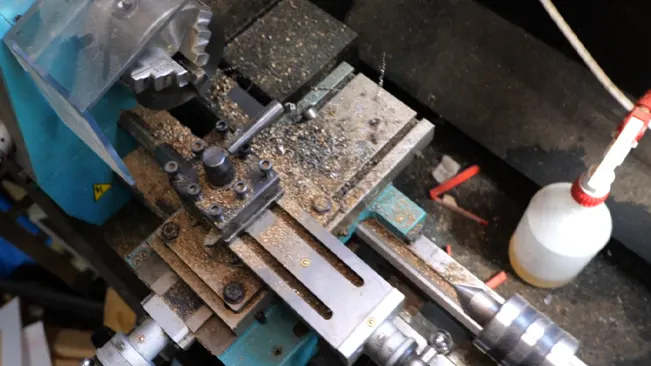
Stuck parts, often caused by corrosion or accumulated debris, can usually be loosened with penetrating oils and gentle tapping. Applying heat can also help by expanding the metal. For more stubborn situations, tools like impact drivers or professional services might be needed to ensure a safe and effective resolution. These proactive steps help maintain machinery, preventing small issues from becoming larger problems.
Importance of Regular Maintenance
- Prevents Breakdowns: Routine checks and servicing can identify and rectify small issues before they escalate into major problems that could cause machinery or system failures.
- Enhances Efficiency: Well-maintained equipment operates more efficiently, using less energy and resources, which can lead to significant cost savings and environmental benefits.
- Ensures Safety: Regular maintenance helps to identify potential safety hazards, reducing the risk of accidents and injuries associated with equipment malfunction.
- Extends Lifespan: By keeping machinery and equipment in optimal condition, regular maintenance extends their usable life, providing better returns on investment.
- Maintains Compliance: In many industries, certain maintenance routines are mandated by regulatory standards to ensure safety and environmental compliance.
Conclusion
In conclusion, the maintenance of cast iron machinery is an indispensable aspect of ensuring its longevity and optimal performance. The durability and robustness of cast iron make it an excellent material for various machinery and tools, but like all materials, it requires proper care and attention. Regular cleaning, careful inspection, and prompt addressing of any signs of wear or corrosion can significantly extend the lifespan of your equipment, ensuring it continues to function efficiently and reliably. By incorporating a consistent maintenance routine, utilizing appropriate cleaning materials, and applying protective measures against rust and environmental factors, you can safeguard your investment and maintain the high performance of your cast iron machinery. Remember, preventive maintenance is key; taking the time to care for your equipment today can save significant time, effort, and resources in the future.
FAQs
- What is the best way to prevent rust on cast iron machinery?
To prevent rust, ensure that the machinery is thoroughly dried after any cleaning that involves moisture. Applying a thin layer of protective oil or a specialized rust-preventative coating can also provide a barrier against moisture and air, which are the primary culprits in rust formation. - How often should I perform a deep cleaning on my cast iron machinery?
The frequency of deep cleaning depends on the usage and environmental conditions. For machinery used daily, a monthly deep cleaning is advisable. However, for less frequently used equipment or those in less demanding environments, a quarterly deep cleaning may suffice. - Can I use household cleaners on my cast iron machinery?
It’s generally best to avoid household cleaners, many of which contain chemicals that can damage cast iron or leave residues that impair its performance. Instead, use cleaners specifically designed for use on cast iron or industrial machinery. - What should I do if I find rust on my cast iron machinery?
If rust is detected, it’s important to address it promptly to prevent further spread. Use a mild abrasive or a specialized rust remover to gently eliminate the rust, and then apply a protective coating to prevent recurrence. - Is it necessary to hire a professional for cast iron machinery maintenance?
While many maintenance tasks can be performed in-house with the proper knowledge and tools, certain situations, such as significant repairs, extensive rust, or complex machinery issues, may require the expertise of a professional. If in doubt, consulting with a professional can prevent further damage and ensure the machinery is properly maintained.

Joel Cunningham
Forestry AuthorI'm Joel Cunningham, an expert in pruning and weed management with over a decade of experience. My skills are rooted in formal training and extensive practice, focusing on advanced pruning techniques and efficient weed control. I'm known for my quality work, precision, and deep understanding of plant health and soil dynamics. My contributions extend to educational initiatives where I share sustainable practices and advice, establishing myself as a reliable and authoritative figure in the gardening community.



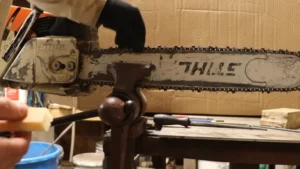




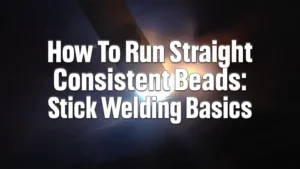




Leave your comment